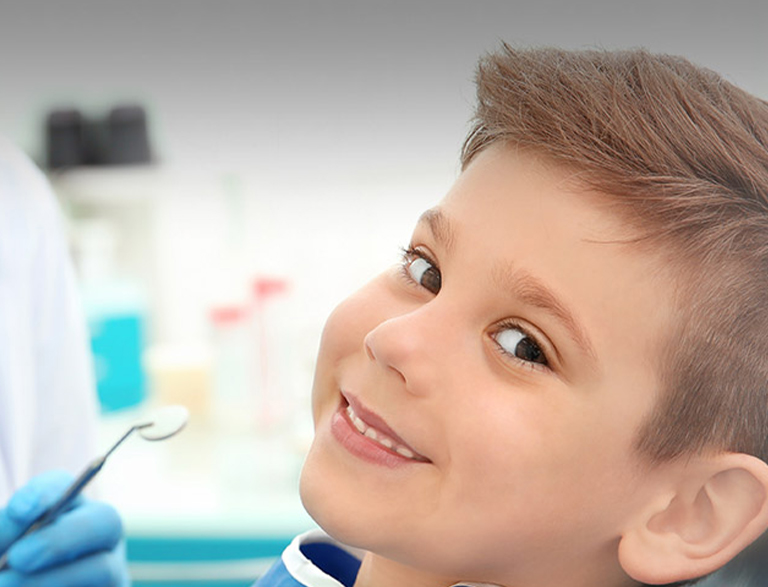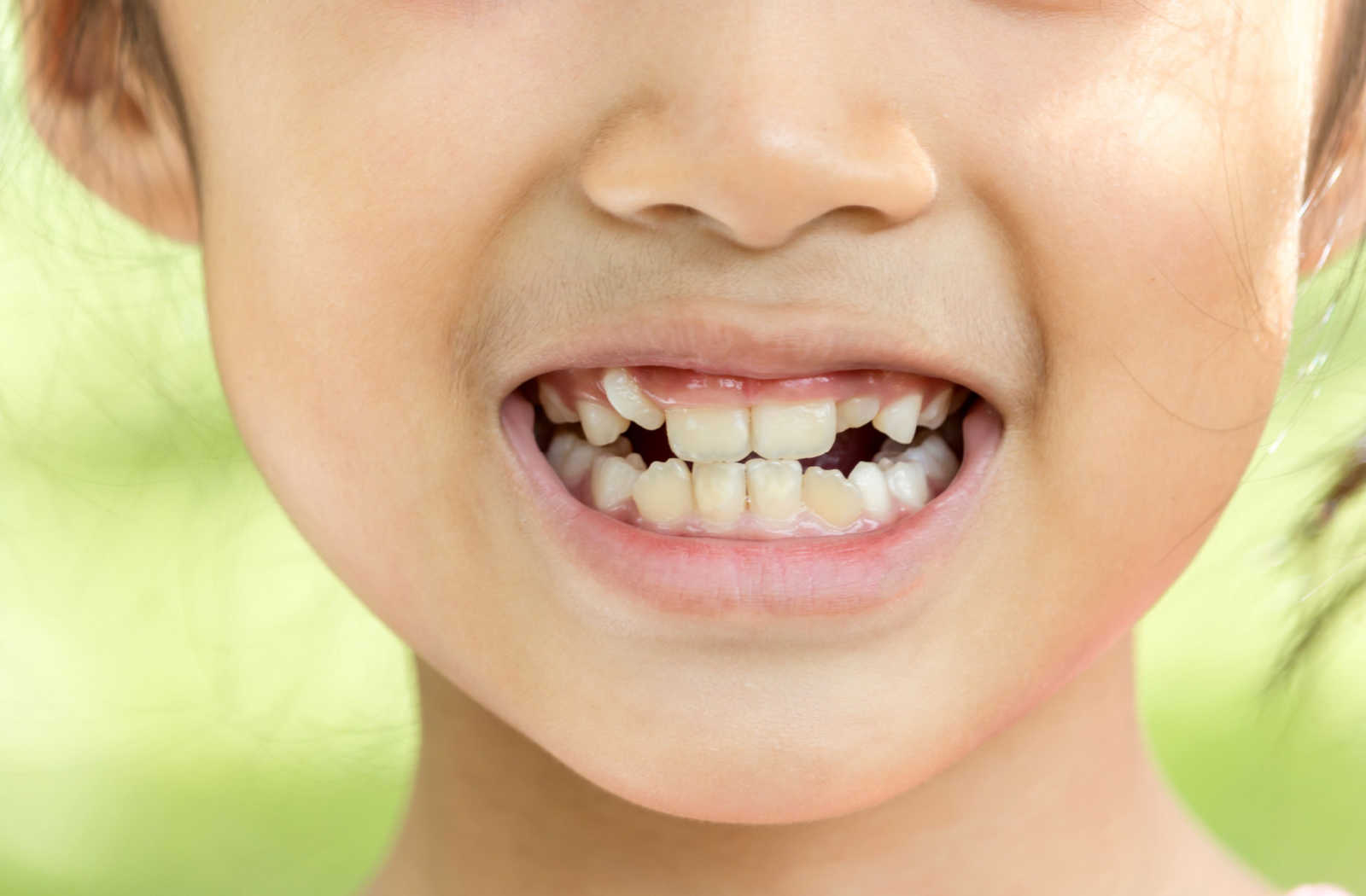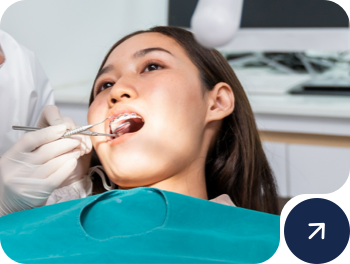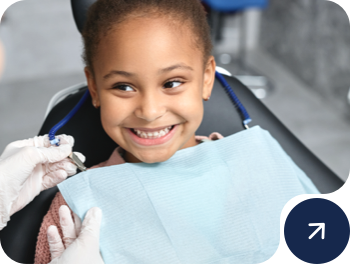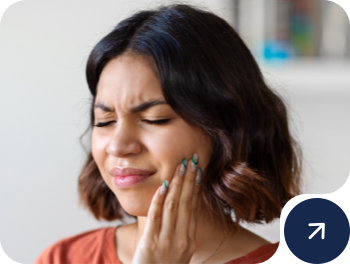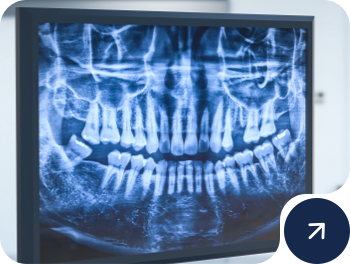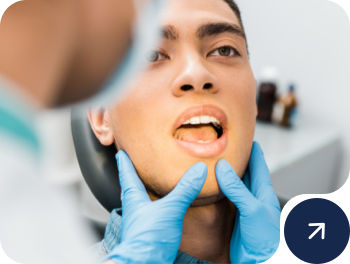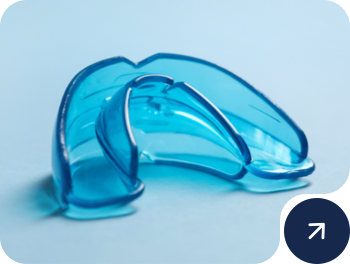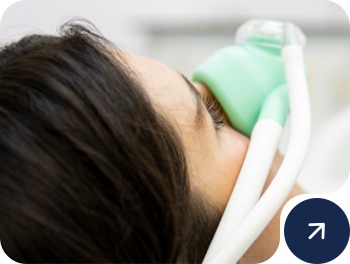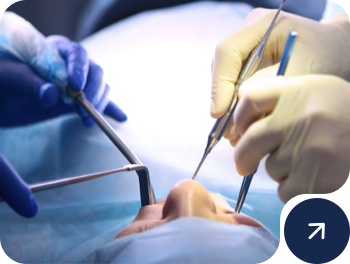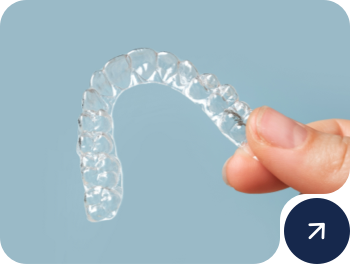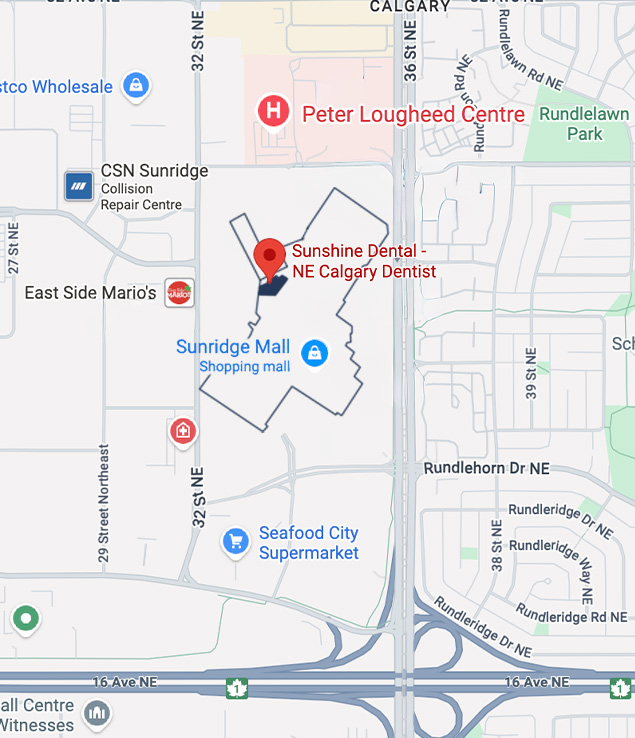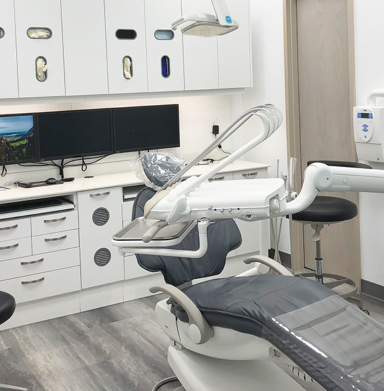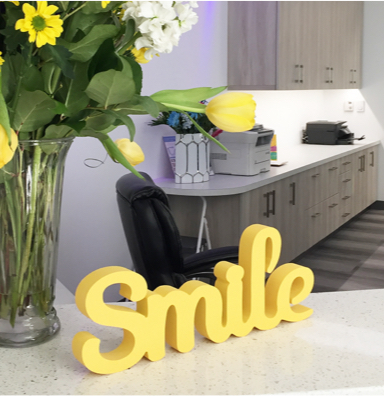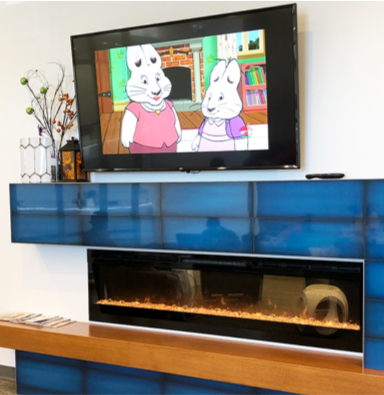As a parent, you get to see your child smile a lot—it’s one of life’s biggest joys.
Whether they’re grinning ear to ear after hitting their first tee-ball or smiling for class pictures at school, you want the best for your child, and that includes healthy, clean teeth.
So, what happens if you notice your little one’s teeth look yellow or discoloured?
Yellow or discoloured teeth aren’t uncommon in youngsters, especially as their adult teeth are coming in. You can learn the signs and what to look for to help ensure their teeth remain as healthy as possible.
If you’re unsure your child’s teeth are in tip-top shape, a trip to your family dentist can help assess the health of their mouth and determine if any treatment is recommended.
What Causes Yellow Teeth?
Often when we think of our teeth, we imagine pearly whites. But, just like there are many shades of white paint, teeth come in a variety of whites and off-whites.
There are several reasons your child’s teeth may be yellowing. Your dentist can assess and help determine the cause and advise if this yellowing is actually a concern for their dental health, or a normal process of growing.
New Permanent Teeth
When permanent adult teeth come in, they often have a more yellow hue than your child’s baby teeth. Permanent teeth are less white than baby teeth because they have a different composition of minerals.
Your child’s new adult teeth can take time to calcify and harden, reducing the appearance of how yellow the teeth are. Remember, these adult teeth are erupting right next to the extra-white baby teeth, thus giving an “appearance” of a yellower hue.
Weak or Thin Enamel
Normally, the enamel layer of the tooth develops quickly after the permanent tooth erupts. We can have varying thicknesses of enamel on our teeth due to our genetic make-up, which can cause the underlying yellower dentin layer to show through the enamel more than in someone with thicker enamel.
Good oral hygiene habits like brushing and flossing regularly can help promote healthy enamel.
Insufficient Brushing
A common reason for teeth to appear yellow is due to stains caused by insufficient or inadequate tooth brushing. In this case, plaque can accumulate on the tooth surface, which can also give it a yellower hue. You can help promote good oral hygiene habits by starting your kids young with their toothbrushing routines.
A trip to the dentist can be a fun way to explore new routines to add to your kids’ oral hygiene habits and make toothbrushing interesting for kids.
Good oral hygiene is important to prevent plaque and tartar from building up on the teeth and causing stains. Additionally, a toothbrushing and flossing routine can help ward off chronic bad breath and issues, gum disease, and cavities.
Tooth Damage
Every tooth in our mouth contains blood vessels and tissue, so believe it or not, they are actually alive!
If these blood vessels, tissue, or tooth material becomes damaged, the teeth can sustain discolouration and turn yellow or brown. This can happen due to several causes, like tooth decay or trauma to the area. If you suspect your child’s teeth are damaged, please visit your dentist for a checkup. It is important to preserve baby teeth as they help maintain room for adult teeth when they come in.
Improving Your Child’s Tooth Colour
Although the best way to know what’s causing discolouration is with a trip to the dentist, there are a handful of common reasons teeth might start yellowing. Here are a few ways that you can help your child keep their new teeth healthy and bright.
Good Oral Hygiene
Proper oral hygiene is the best first defence for preventing and, sometimes, fixing yellow teeth. This includes brushing and flossing regularly.
Generally, you should encourage your child to brush and floss their teeth within 30 minutes of eating. This is especially true when they consume sugary, acidic, or otherwise stain-causing foods.
Another aspect of oral care is using fluoride toothpaste. This can strengthen the child’s teeth and help prevent thinning or damaged enamel. Fluoride toothpaste should only be used after a certain age. Please check with your dentist as to what age would be appropriate for your child to begin using fluoridated toothpaste.
Tooth-Friendly Diet
Sugary, acidic, and sticky foods can all have an impact on the health of our teeth. When it comes to staining, there are a few foods that make the top of the list.
While these are healthy snacks, they can cause discolouration of your kid’s teeth. After eating deep-coloured foods like blackberries and beets, you can encourage your child to rinse their mouth and brush their teeth to help prevent possible staining.
Professional Treatment
Along with brushing and flossing regularly, routine professional dental hygiene treatments are an important adjunct to keeping your child’s teeth bright and white. You can help your child have a positive experience by getting them excited to visit the dentist and by bringing activities for them to enjoy while they’re here.
Talk to Your Dentist About Teeth Whitening
If yellow teeth are a concern for you or your child, preventative measures and treatment options are available.

